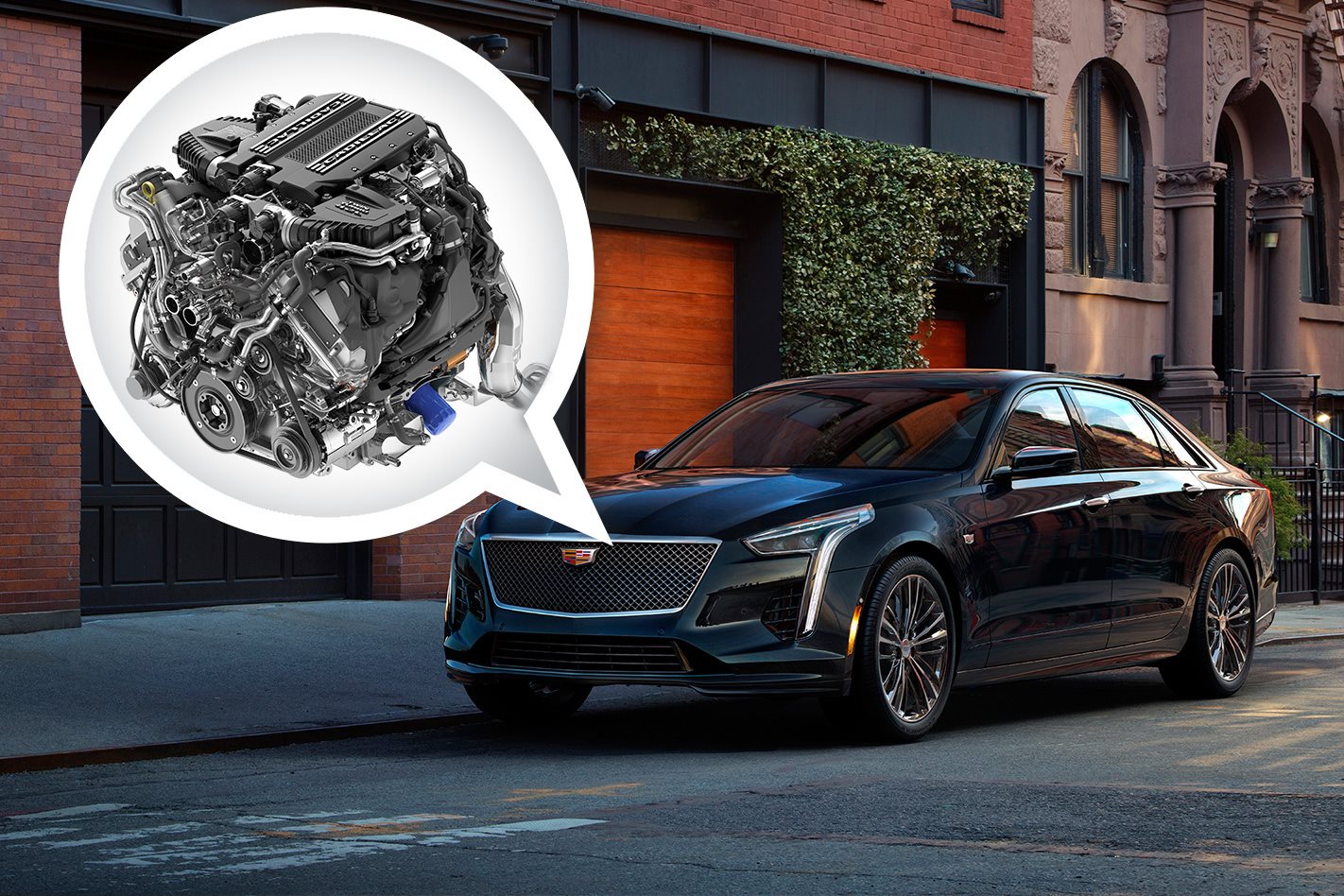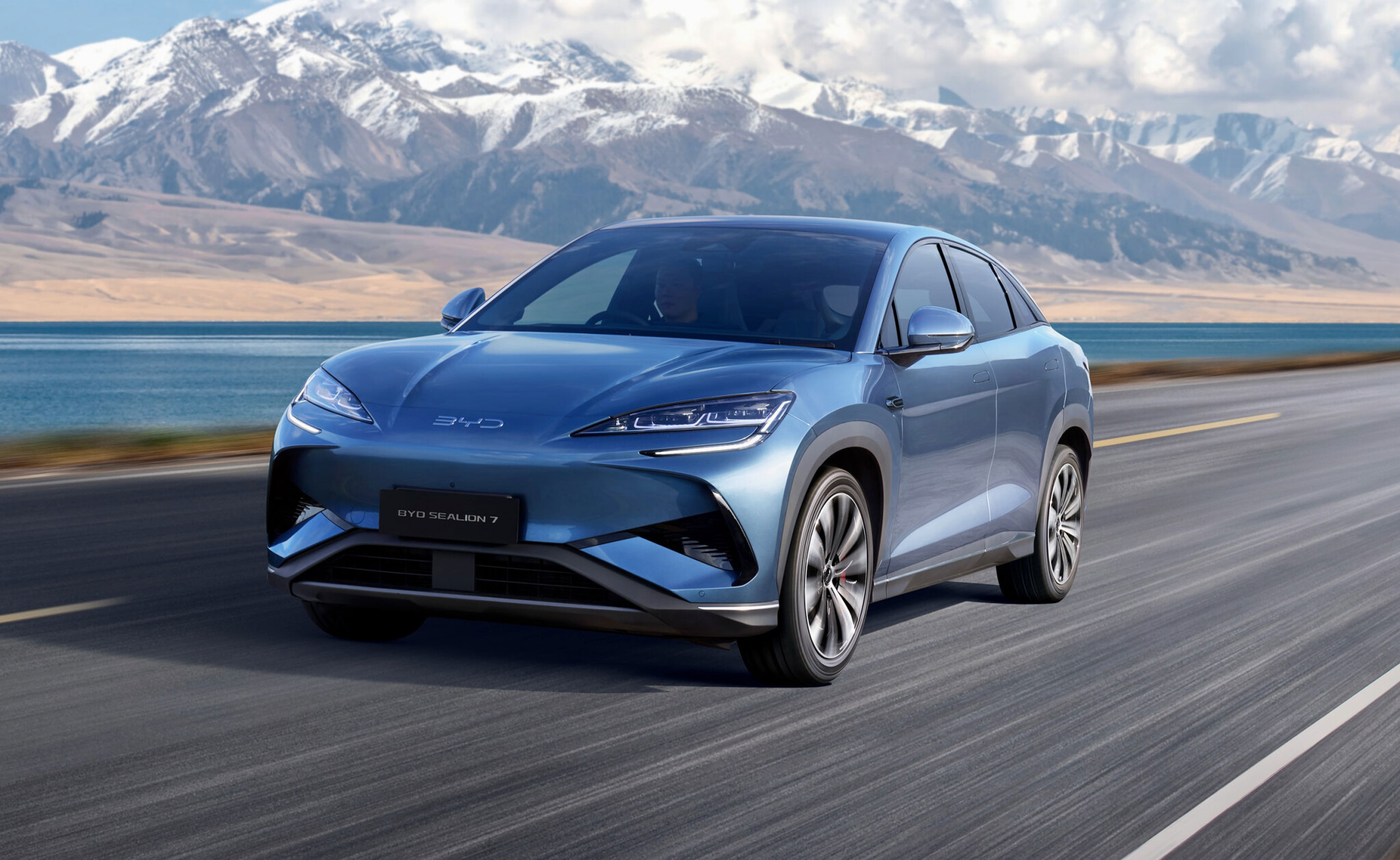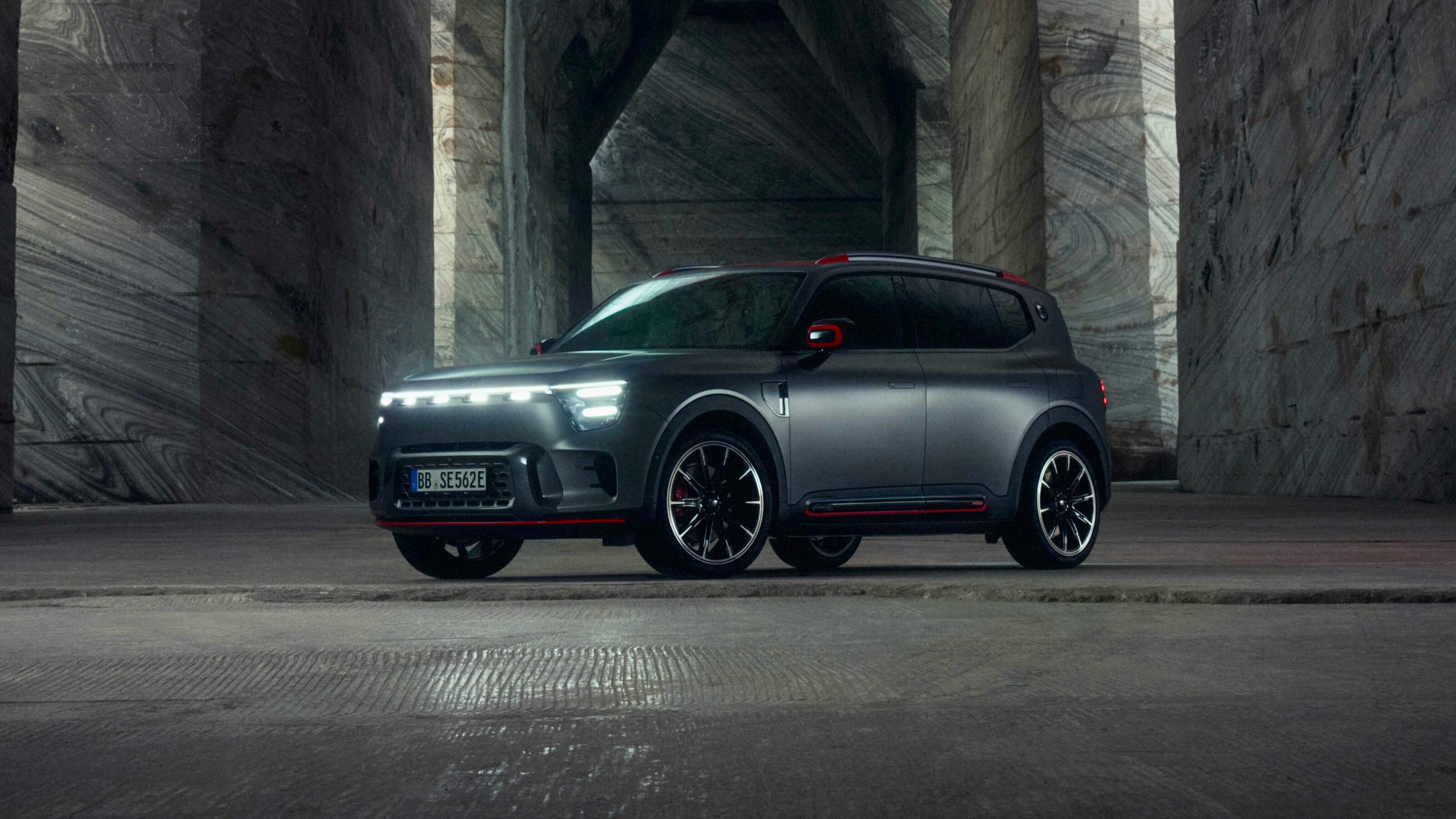THE future of GM’s – and potentially even Holden’s – rear-drive performance heroes has been revealed. Overnight, the US car making giant unveiled a heavy-hitting, twin-turbo V8 that is as powerful as the supercharged 6.2-litre one powering the swansong HSV Clubsport, but is almost 50 percent smaller.
And, it’s more than likely that the 4.2-litre small-displacement V8 was honed right here in Australia, at GM’s Lang Lang-based top secret centre for rear-drive development. We didn’t know it at the time, but one sharp-eyed Wheels reader has quite possibly caught the car that will wrap around it – the box-fresh Cadillac CT6 V-Sport – as it travelled through Melbourne wearing a full disguise.
The “estimated” 410kW at 5700rpm/850Nm at 3200-4000rpm V8 – GM’s fine print suggests the actual performance could nudge higher – runs a “hot V” setup that places the pair of turbos on top of the banked cylinder heads. It will also come in a detuned 373kW at 5000-52000rpm/750Nm at 2600-4600rpm spec.
The new engine – we’re yet to learn its code – provides 98kW per litre of displacement – HSV’s 6.2-litre LSA produced the equivalent of 66kW/L. According to Cadillac, it’s a clean-sheet design “that also introduces unique design elements developed to balance performance and efficiency with compact, mass-efficient packaging”.
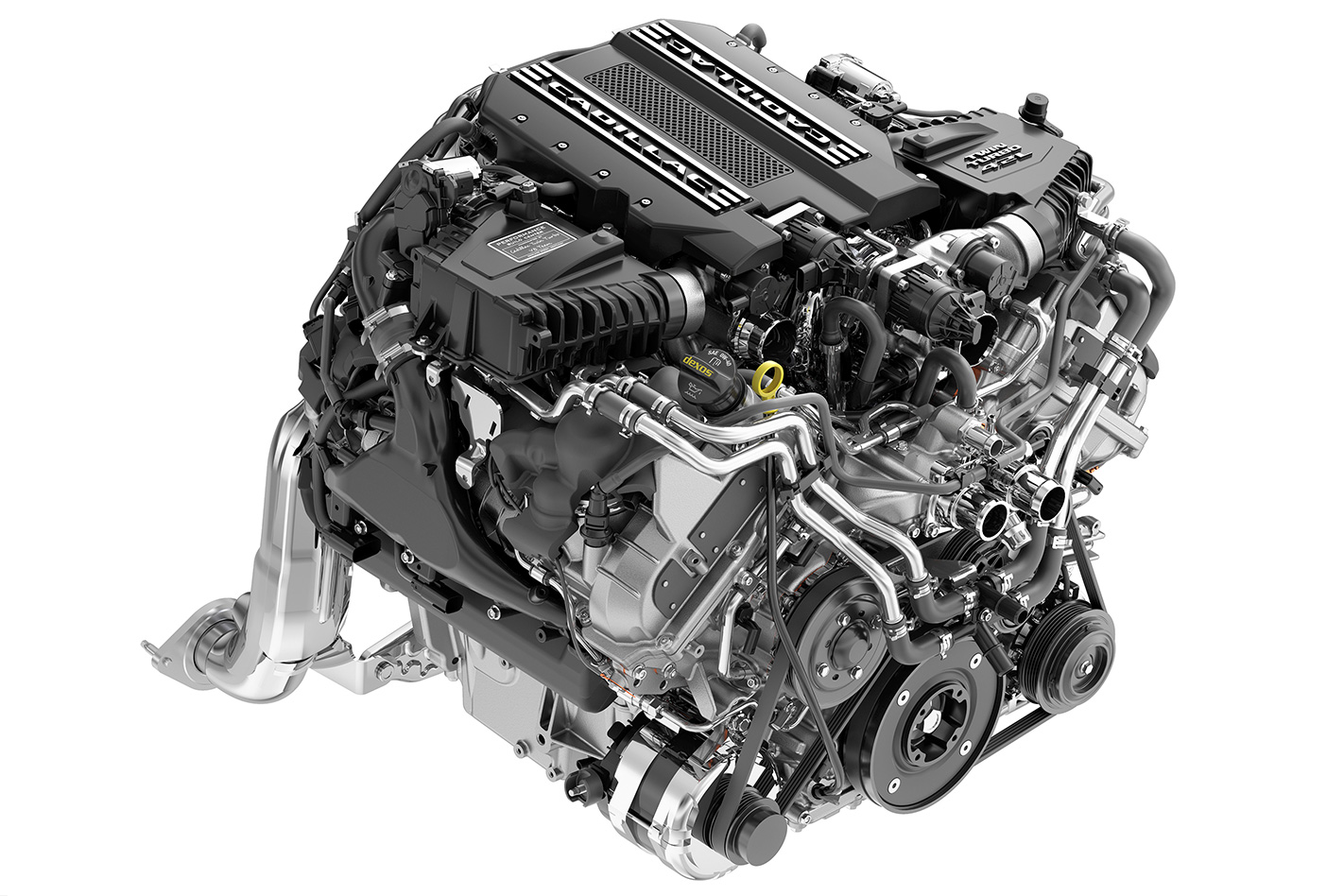
“In a conventional turbocharged engine, the cylinder heads receive the pressurised air charge through ports at the top of the engine and the exhaust exits through ports on the lower outside of the heads, into manifolds connected to the turbochargers,” Cadillac said. “With Cadillac’s innovative hot V design, the intake-charged air enters through the lower outside of the heads and exits through the top inside — where the turbochargers are integrated with the exhaust manifolds — for quick spool-up that translates into more immediate power delivery. The design also allows closer mounting of the catalytic converters, for efficient packaging.”
The design of the exhaust manifold – that the turbo housings are integrated into – allows gases to pass through either of a pair of nozzles feeding into the turbine’s drive. Which nozzle is used depends on the engine’s pulses feeding into the manifold to scavenge more energy.
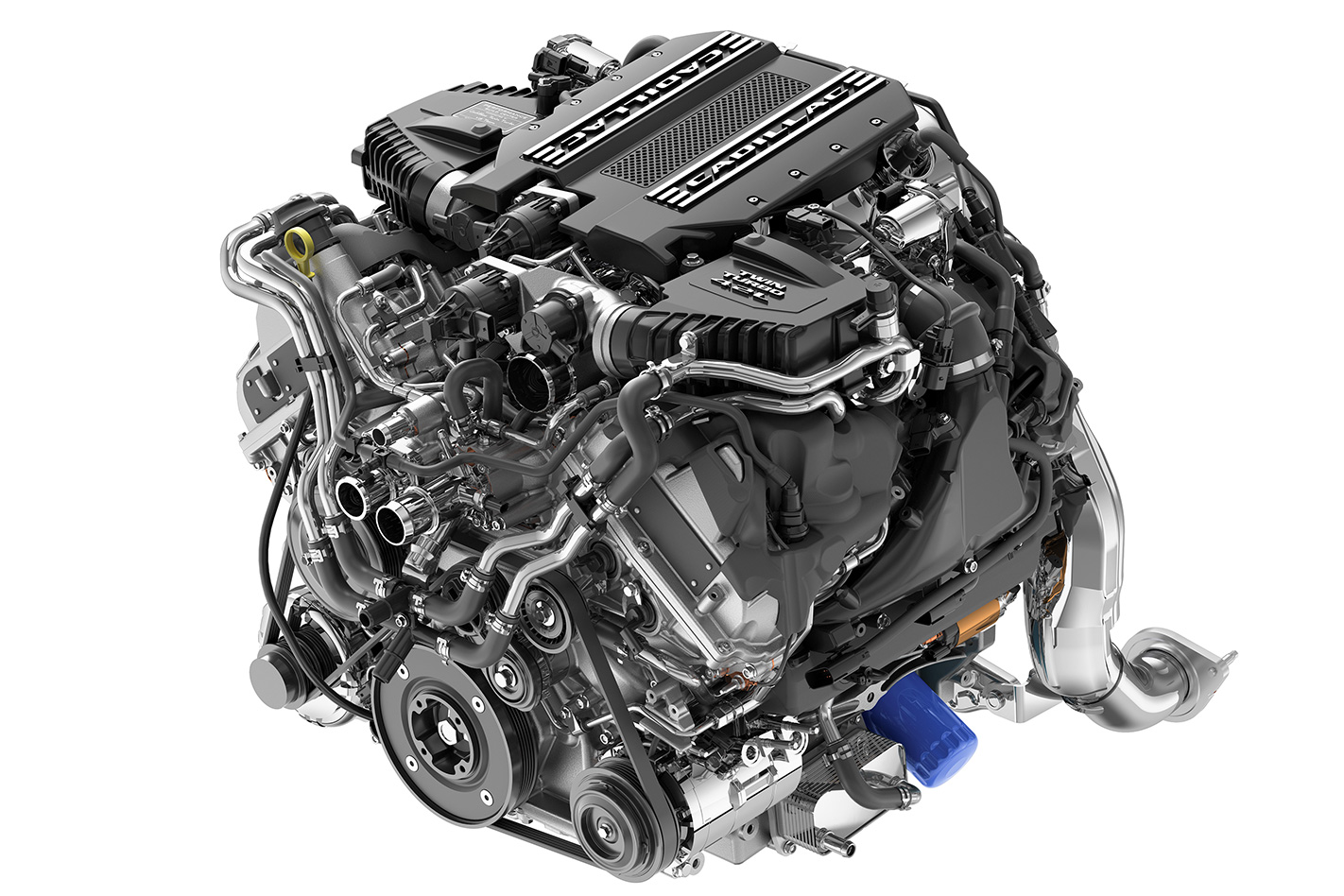
The aluminium engine incorporates a number of features including twin water-to-air charge coolers, twin 59mm throttle bodies, 5075psi direct injection, fuel-saving dual-independent camshaft phasing, cylinder deactivation that shuts down two cylinders, a stop-start system, and a variable pressure oil pump.
Internally, the 90.2mm stroke/86mm bore engine gains a forged steel crankshaft and connecting rods, and high-strength aluminium pistons. The heads feature 36mm intake valves and 29mm sodium-filled exhaust valves.
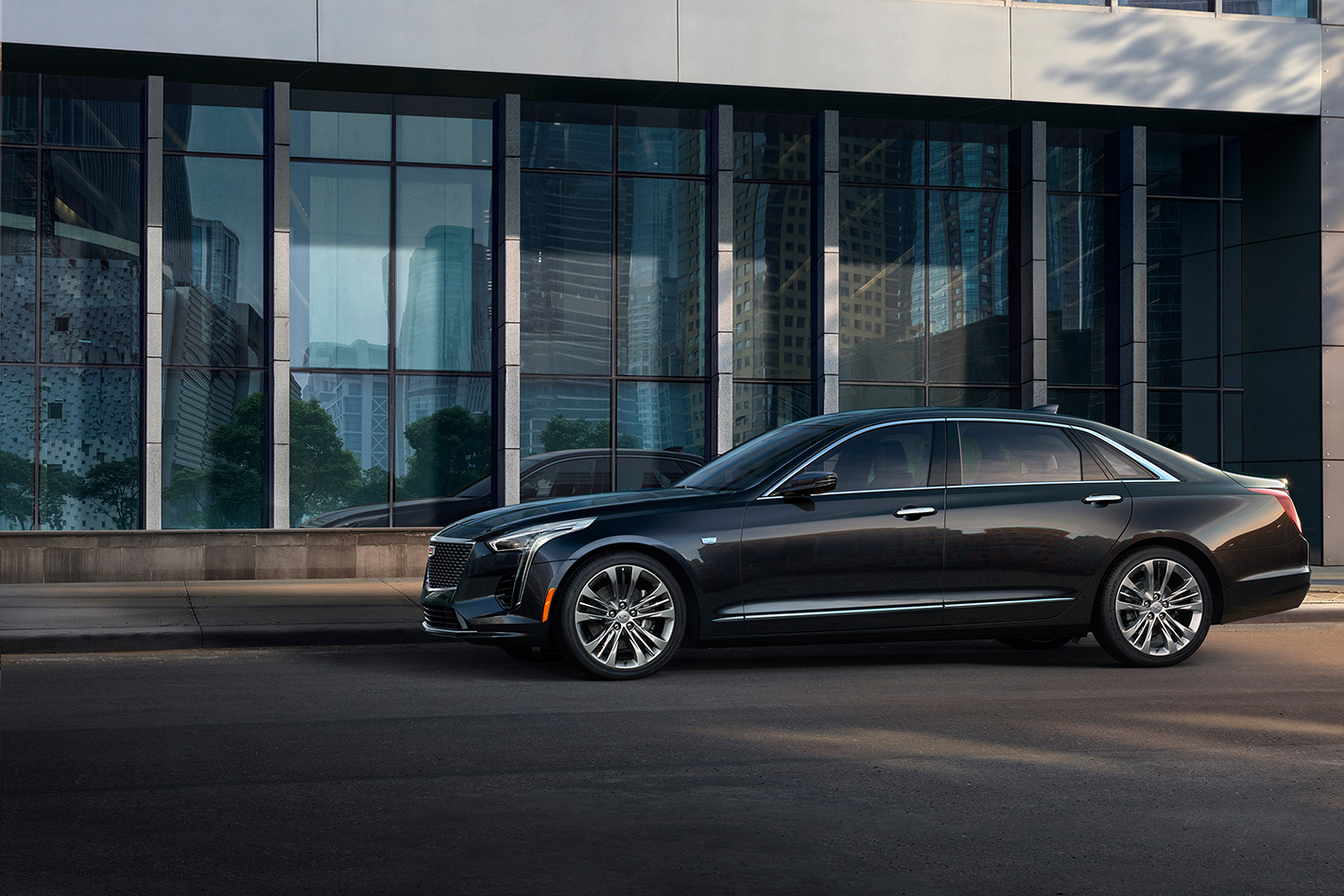
However, Holden has long promised that it would one day add a V8-engined, rear-drive hero to its Australian showroom – could this engine feature in it? Holden could not confirm that when that V8 came to Australia, this would be it. “We haven’t committed to anything at this stage,” the spokesman said. “We’ve committed to introducing a rear-drive V8 into Australia, and I guess that’s as far as we can go.”
The Lang Lang proving ground, south-east of Melbourne, has had a long history of powertrain development. One project that has never been confirmed was a V12 engine for a stillborn Cadillac project that featured two 3.6-litre V6 engines bolted together and mounted on the extended front chassis rails of a VE Commodore.

